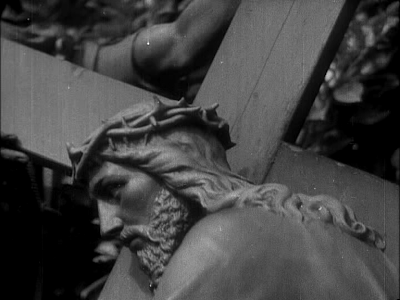Year: 2009
Time: 75 mins
Music
Ken Vandermark - reeds
Dave Rempis - saxes
Steve Swell - trombone
Tim Daisy - drums
Michael Zerang - percussion
Mark Tokar - bass
Waclaw Zimpel - reeds
Mikolaj Trzaska - reeds
Per-Ake Holmlander - tuba
Magnus Broo - trumpet
Eye of Sound: Vandermark's popularity outside the usual circle of modern jazz consumers is something of a mystery. Unlike Zorn, Vandermark never produced a single record that could attract surf guitar, thrash, klezmer, or pan-music lovers. His work has been tightly focused and circumscribed and yet, despite his uncompromising stance, his name remains as one of the most popular in modern jazz music. The Resonance tentet project, although fairly accessible for KV's standards, will not provide any answers. The compositions seems to draw inspiration from a desire to contrast two worlds that we all tend to think of as opposite: the so-called "free jazz" tradition, and the classic big band heritage, perhaps most notably in its suite form (cf. The Duke). Pushing forward the method of knitting together different structures for improvisation, KV's Resonance compositions are based on "modular pieces" - modules that can be rearranged and reassembled for a given performance, thus extending possibilities on the eternal struggle between the call for structure and the need for ample improvisation room. This concert features the tentet in top shape, building muscular but lyrical sound-cascades. Although dominated by a strong horn section, rhythms are never swallowed by its frenzy, Zerang and Tolkar being given the responsibility to keep the locomotion swinging and palatable. The result is an intense but delicate music, powerful but never inform, warm but always aloof from the easy, cheesy, boring antics of mainstream jazz. Still, despite this odd combination of attributes, there's no clue as to the aforementioned KV mystery.


http://rapidshare.com/files/400094191/vanderres.mkv.001
http://rapidshare.com/files/400082774/vanderres.mkv.002
http://rapidshare.com/files/400080241/vanderres.mkv.003
http://rapidshare.com/files/400080229/vanderres.mkv.004
http://rapidshare.com/files/400080271/vanderres.mkv.005
http://rapidshare.com/files/400080244/vanderres.mkv.006



















































